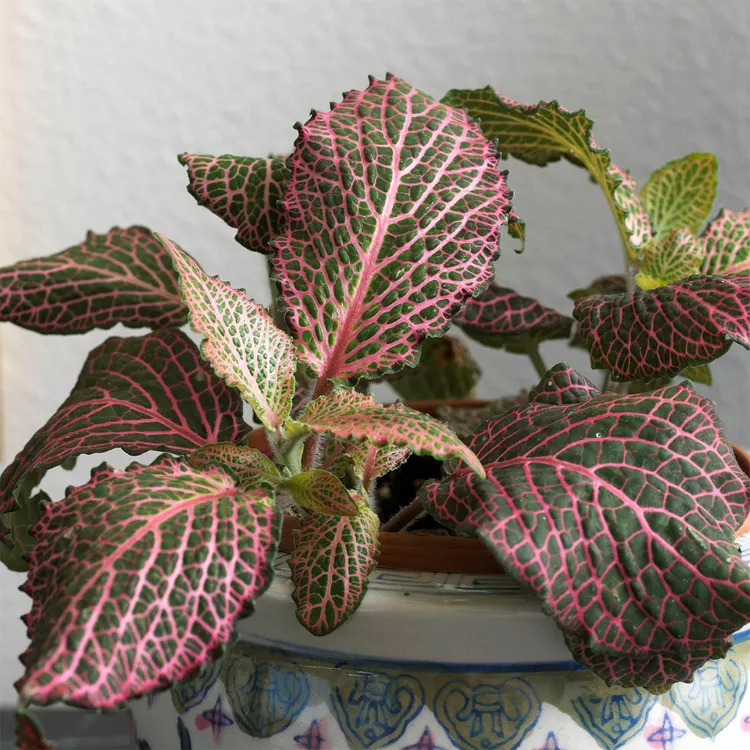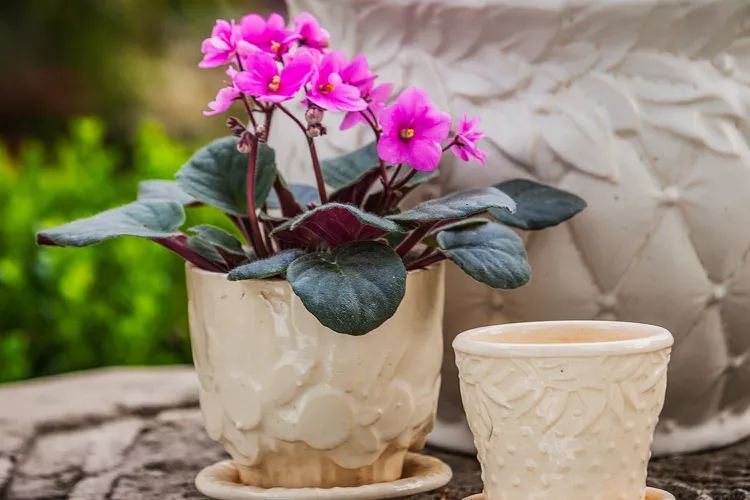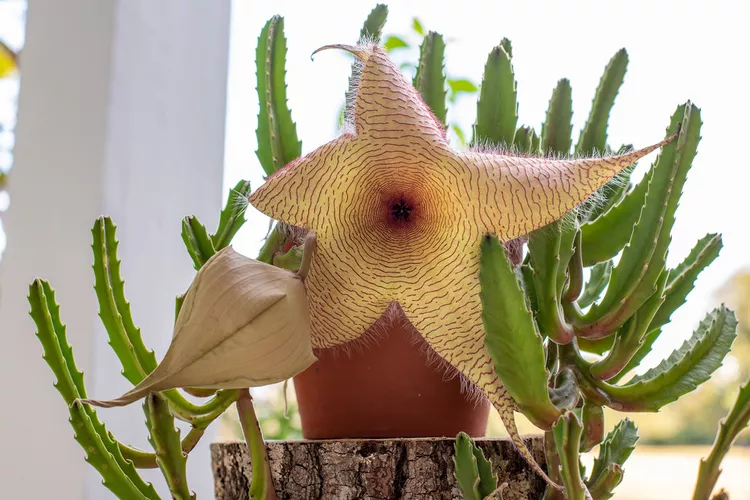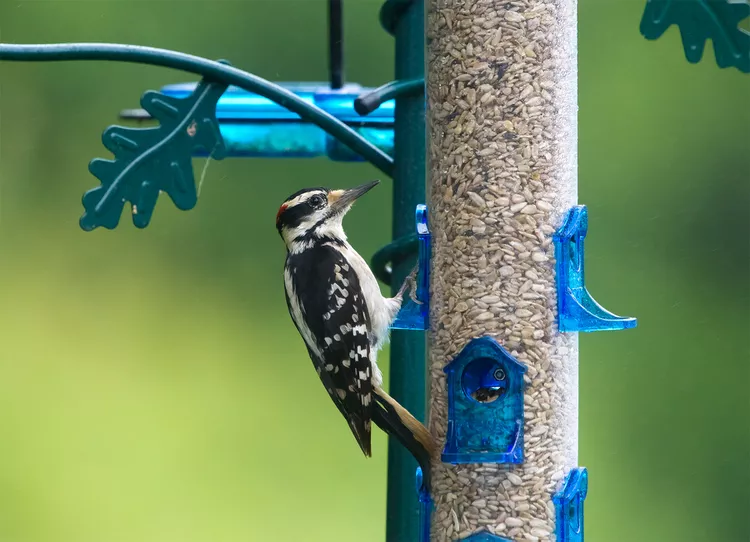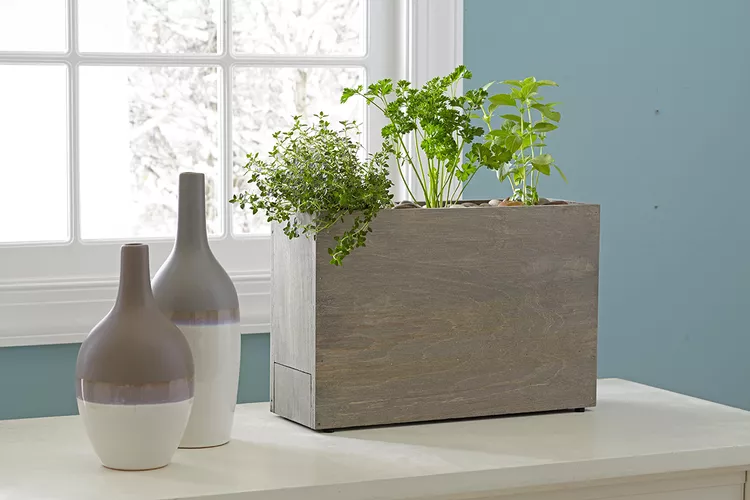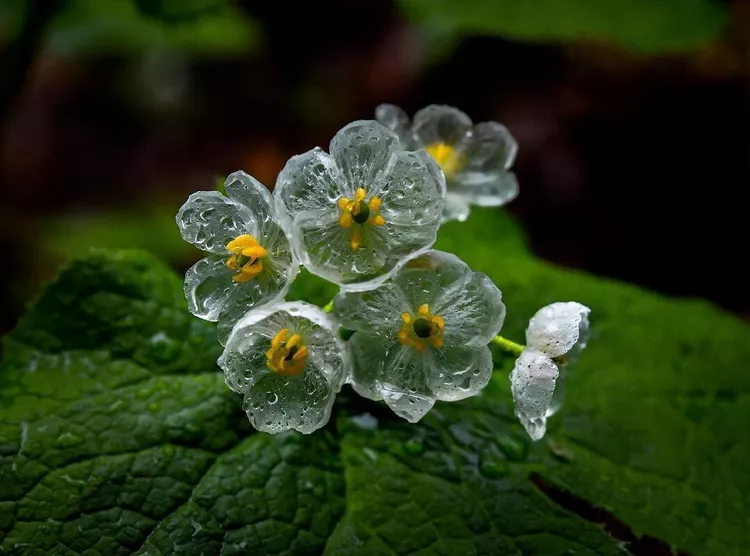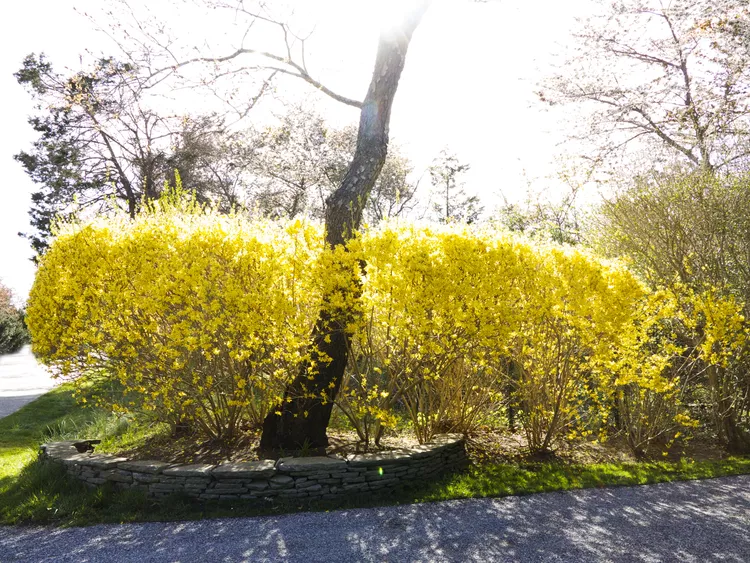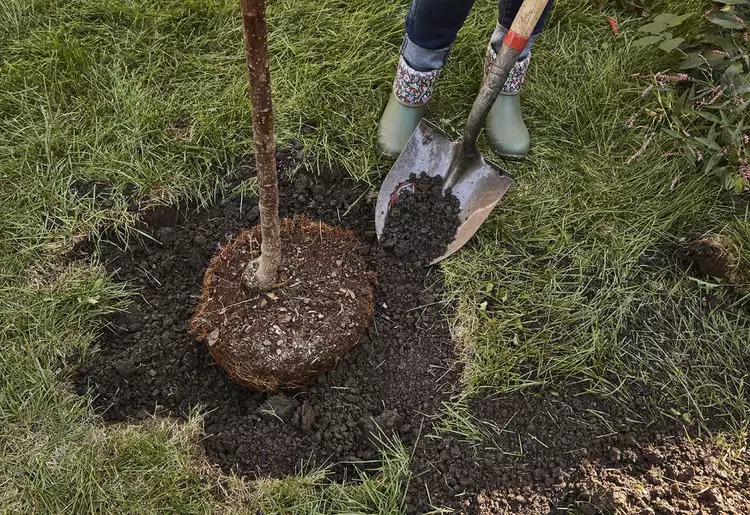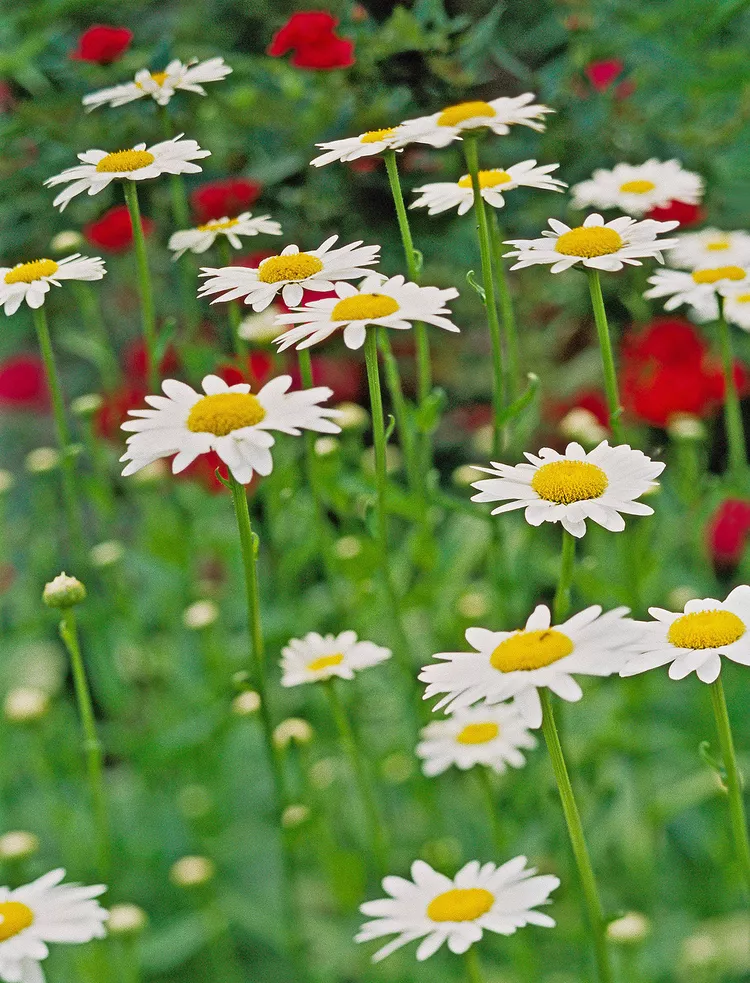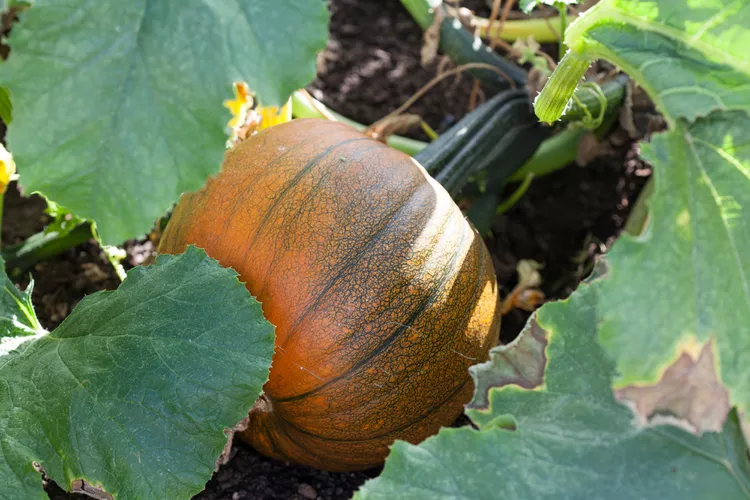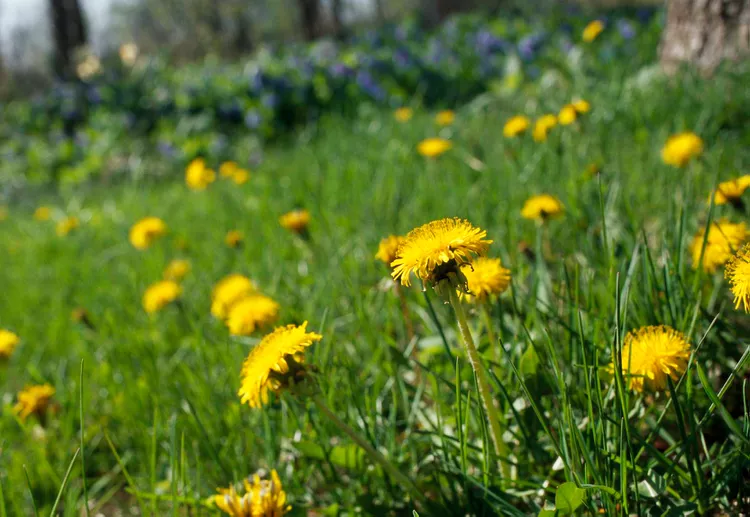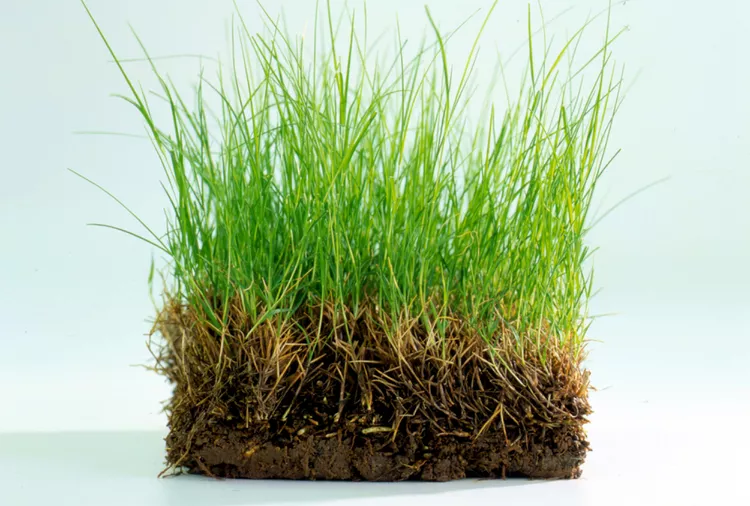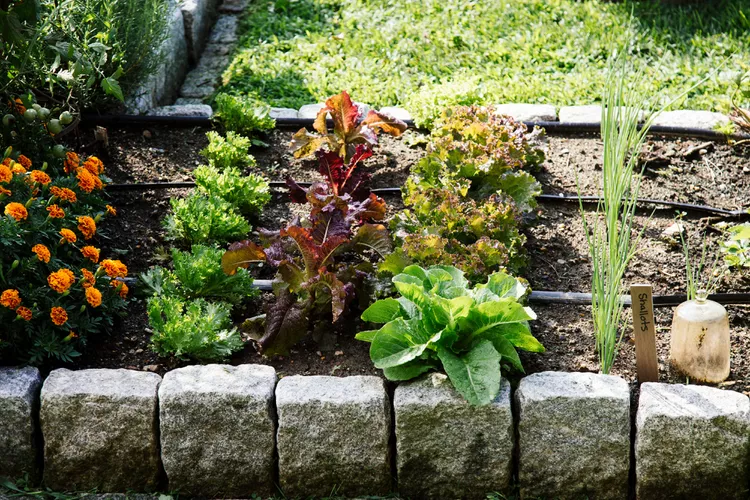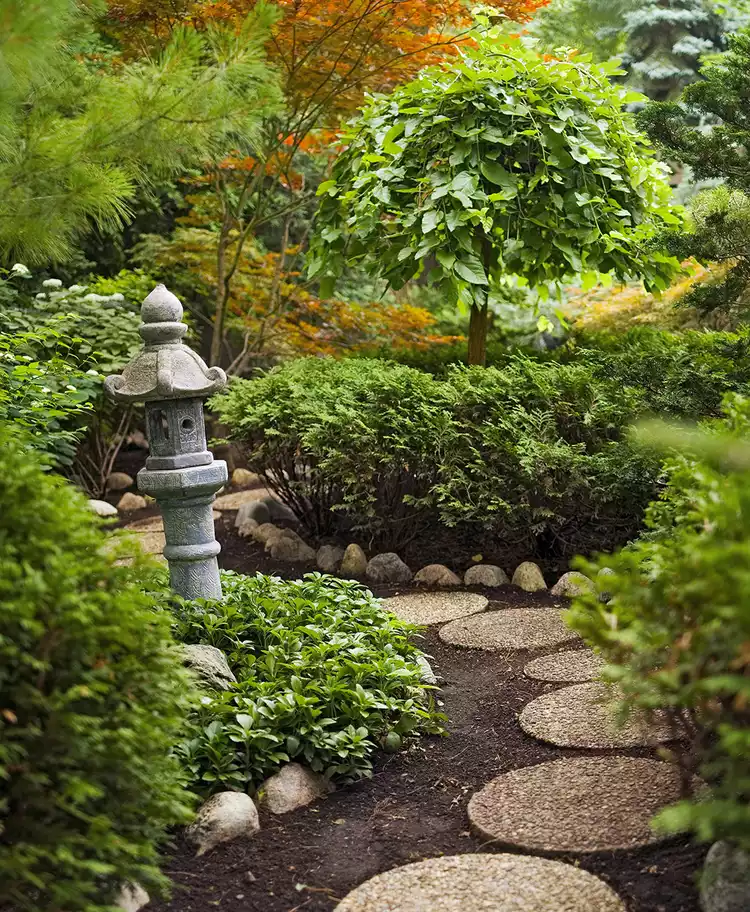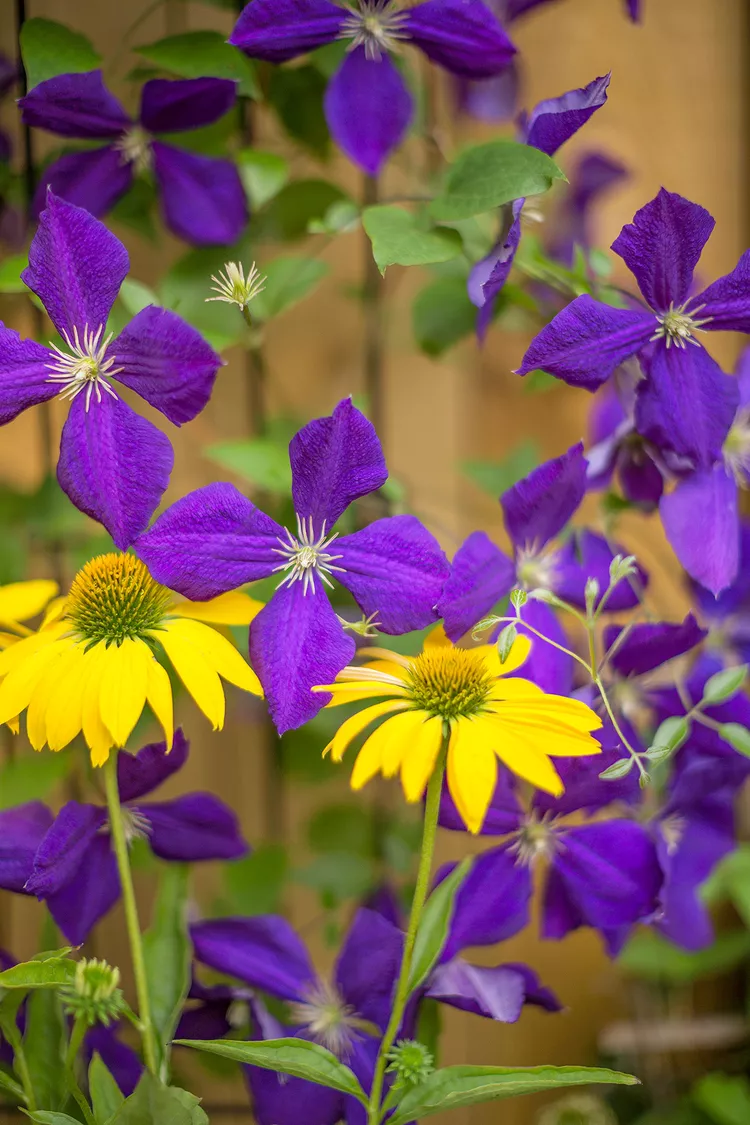Marigolds are popular flowers to grow, thanks to their colorful petals and easy-care nature. Besides their beauty, marigolds can help attract pollinators to your garden, keep pests away, and are even edible. They also have some fascinating cultural and symbolic significance that is often overlooked. Once used in ancient Aztec rituals, marigold flowers today are still closely tied to Dia de los Muertos (Day of the Dead) in Mexico and the US. Here's a look at some fascinating facts about marigolds that make these plants even more intriguing, and well worth growing in your garden.
1. New World Natives
Contrary to their confusing common names, marigolds are in fact native to the Americas with about 50 species originating in North, Central, and South America. For example, the African marigold (Tagetes erecta), for example, came to be known by Europeans from seeds imported from Africa before later being brought back to North America for cultivation. Likewise, French marigolds aren't actually from France. They were heavily cultivated in France with many varieties being produced and distributed around the English-speaking world, hence the common name.
Marigolds thrive in many climates. These plants can be grown as short-lived perennials in the tropics or as annuals in colder northern climates.
2. Edible Flowers
To the surprise of most people, marigold flowers are edible. Whether used fresh, dried, or infused into various beverages, marigolds have a multiple of uses in the kitchen. High in carotenoids such as lutein, petals are also used to create natural food colorings with a warm golden yellow color that is used for all sorts of foods, beverages, and animal feeds. Known as pericón in Spanish or Mexican tarragon in English, Tagetes lucida imparts an anise-like flavor in dishes and is sometimes used as a substitute for French tarragon. This type of marigold, as well as others, also makes a flavorful herbal tea.
If you do decide to try your hand at harvesting and eating your own marigold flowers, it is important to start them from seed rather than buying plants from a nursery. And when growing them in your own garden, it's best to avoid pesticides on the flowers you plan to eat. Or only use products labeled for edibles and make sure to rinse the flowers thoroughly before consuming.
Eating nursery-grown marigolds is not advised because they are often treated with pesticides not approved for human consumption.
3. Proven Companion Plants
Marigolds have long been used as companion plants for a variety of edible crops. Marigold plants are especially helpful to grow around tomatoes and potatoes to help keep away tiny, underground, wormlike creatures called nematodes. Marigolds are known to produce various toxins from their roots that deter nematodes and can naturally protect susceptible plants when planted together.
It should be noted, however, that marigolds also produce compounds from their roots that inhibit bacteria. These chemicals can have a negative effect on legumes such as beans and peas that rely on bacteria in their roots to process atmospheric nitrogen. To avoid this problem, separate legumes from your marigolds in the garden.
4. Pollinator Favorites
Marigolds are heavy-blooming and long-lasting favorites for many types of pollinators, including bees, butterflies, moths, and even hummingbirds. While many marigold varieties will provide at least some nectar and pollen, choosing single-flowered types are a better bet because they have fewer petals to get in the way. And though they bloom throughout the growing season without much effort, deadheading marigolds will help your plants pour more energy into new flowers rather than seeds.
If you want to save marigold seeds, stop deadheading the flowers toward the end of the growing season and let seed heads dry on the plants. Then, gently pull up on the withered petals to reveal the seeds. Store the seeds over winter in a cool, dry location; sow them in spring after all danger of frost has passed.
5. Day of the Dead Requirement
Marigolds have special significance to peoples of the Americas. The golden color of the petals and fragrance are said to aid souls of the deceased find their way home from their graves during the annual Day of the Dead traditionally celebrated on November 1st and 2nd. Marigold petals are sprinkled along pathways and used to decorate family altars known as “ofrendas” surrounded by candles, gifts of the deceased's favorite foods, personal items, and pictures.
Celebrated throughout Mexico and parts of Central America, Day of the Dead has also become popular in the United States, Canada, and other countries within the Mexican diaspora, leading to a surge in the production of marigold flowers just for the special occasion.
